Press Release: Announcing ‘The View from Here’ and ‘Richmond Open Studios Preview Exhibition’

FOR IMMEDIATE RELEASEMonday, June 3, 2024 ANNOUNCING:Summer Exhibitions at Richmond Art Center July 3 – August 17, 2024Opening Reception: Saturday, June 29, 1pm-3pmRichmond Art Center, 2540 Barrett Avenue, Richmond, CA 94804Gallery Hours: Wednesday-Saturday, 10am-4pmExhibitions and events are all free and no rsvp is necessary Richmond, CA: Artists living and working in Richmond, as well as incarcerated artists, will present […]
Important Parking Notification during RPAL’s Juneteenth Carnival
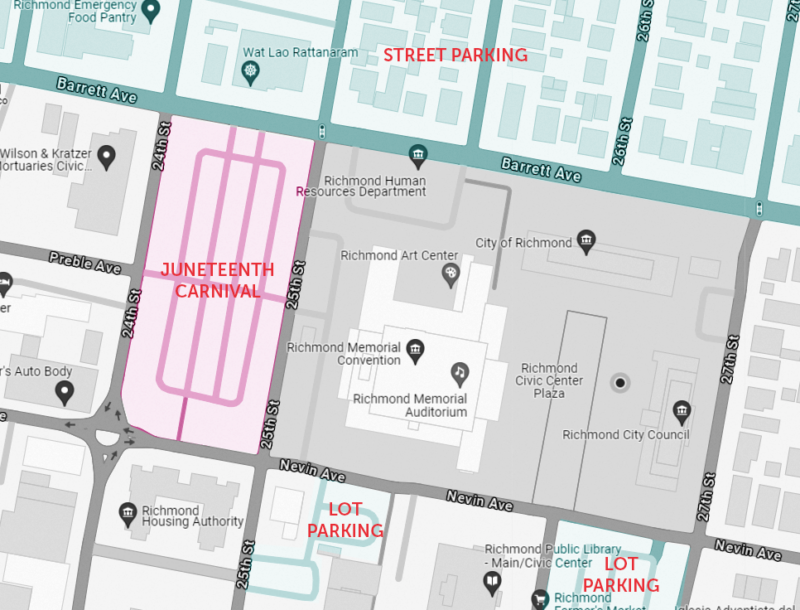
Important Parking Notification during RPAL’s Juneteenth Carnival RPAL’s Juneteenth Carnival Set-Up through Deinstall: Monday, June 9, 12am (midnight) – Monday, June 17, 5pm Carnival: Friday, June 14, 5pm – Sunday, June 16, 11pm Starting Sunday, June 9 at 12am (midnight) through Monday, June 17, 5pm the City parking lot opposite Richmond Art Center (on the […]
Point Molate Artist Talk and butohBuddies Performance

Point Molate Artist Talk and butohBuddies Performance Saturday, February 24, 2024, 1pm This video highlights the Point Molate artist discussion led by ARTSCCC Executive Director Jenny E. Balisle, followed by a performance by the butohBuddies. Artists: Rebeca García-González, Irene Wibawa, Tony Tamayo butohBuddies: Ruth Ichinaga, Kiyono Kishi, Lipton Mah, Nina Moore, and Irene Wibawa
Vote for Richmond Art Center

Vote for Richmond Art Center! We’re honored to be nominated for “Best Art Gallery” in the East Bay Express’s BEST OF THE EAST BAY 2024 ballot. Please consider voting for us, it’d be much appreciated.
Bravo to the WCCUSD students honored with Artistic Achievement Awards!
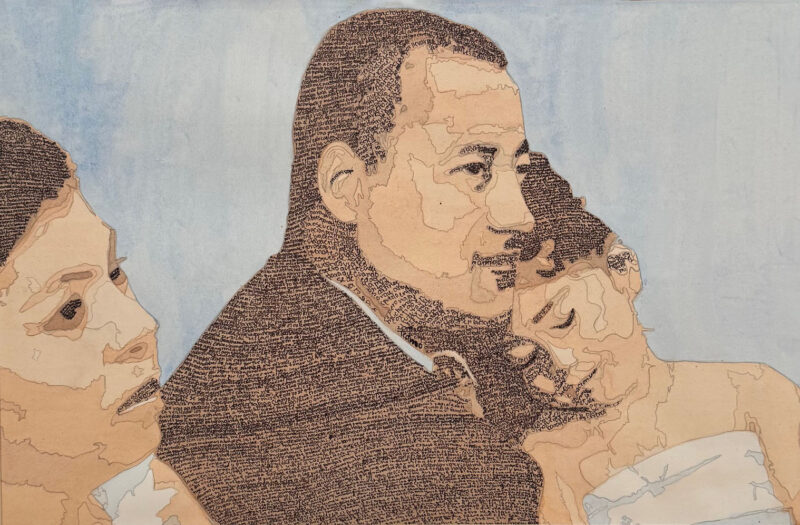
WCCUSD Student Artistic Achievement Awards Congratulations to the students who won Artistic Achievement Awards for their artwork in the 58th Annual WCCUSD Student Art Show! ARTISTIC ACHIEVEMENT AWARDS HONORABLE MENTIONS Top image: Lourdes Mendoza Ramos, Untitled, Watercolor and ink, John F. Kennedy High School
10 days left to apply! Richmond Artist Residency
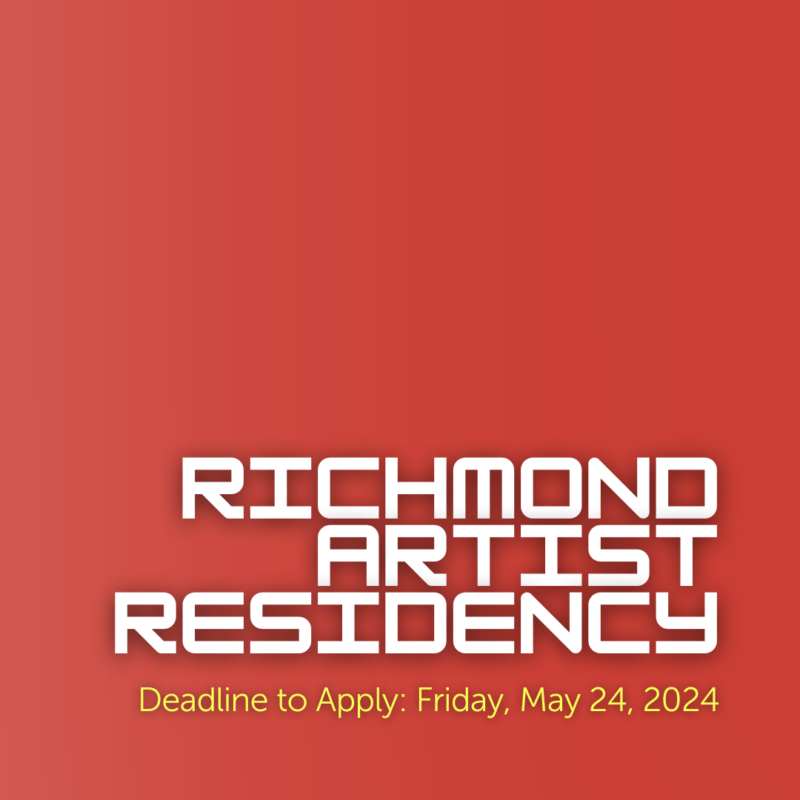
10 days left to apply! Richmond Artist Residency The Richmond Artist Residency offers one community-responsive artist a dedicated studio for 8 months, $8,000 artist stipend, opportunities to teach, exhibit, take classes, and develop strategies for community-based arts programming.
KQED Arts: Your Guide to This Summer’s Not-To-Miss Visual Art
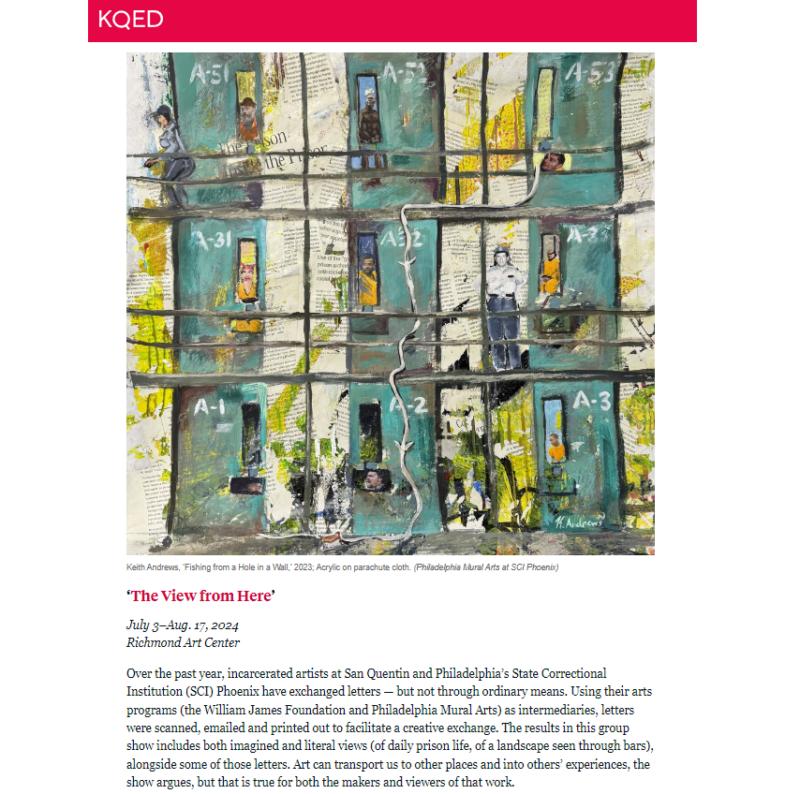
Weblink: https://www.kqed.org/arts/13957410/visual-art-guide-summer-2024-galleries-museums KQED Arts Your Guide to This Summer’s Not-To-Miss Visual Art By Sarah Hotchkiss | May 13, 2024 [Excerpt] Every year, it’s a struggle to whittle this list down to a select few. There’s simply so much happening in art spaces across the Bay Area. For 2024, I’ve plotted out an ideal summer, full of inventive […]
Summer Art Camp for Kids – a few spots left!

Summer Art Camp for Kids Need camp? We have a few spots left this summer in camps focusing on zine-making, animation and more!
Inspired by Toshiko Takaezu
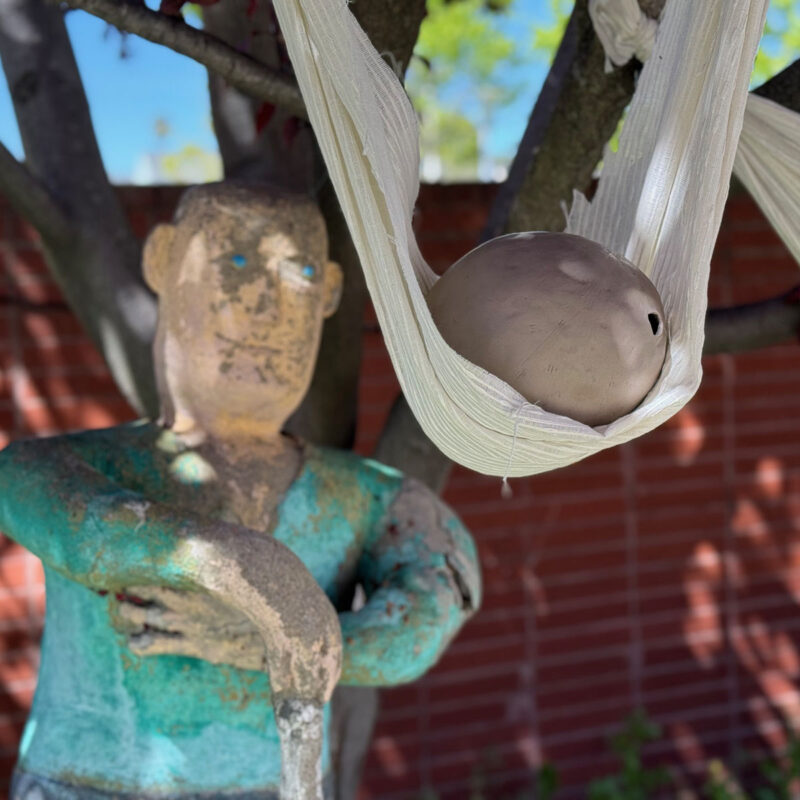
Inspired by Toshiko Takaezu Last week in the “Women in Ceramics” class, students drew inspiration from the renowned artist Toshiko Takaezu. They created hollow orbs using Takaezu’s technique of paddling large closed-form pots until they achieved a “rounder than round” shape. Further emulating Takaezu’s approach, the students then suspended their work in hammocks outside in the […]
In Memoriam: Michael Stephens, Brilliant Grant Writer to Many
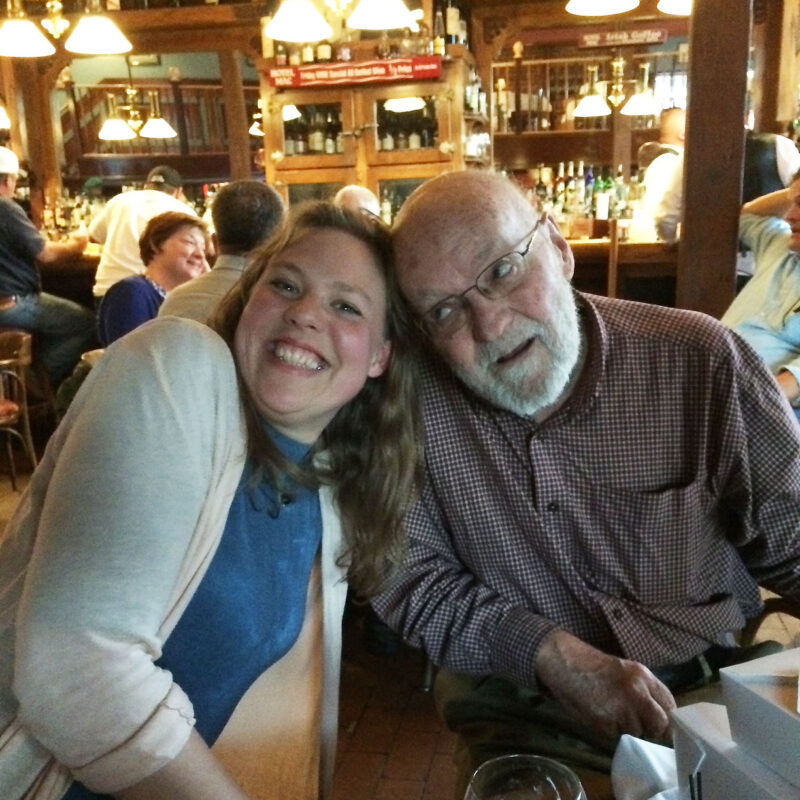
In Memoriam: Michael Stephens With heavy hearts, we bid farewell to Michael Stephens, a grant-writing extraordinaire whose wit, wisdom, and unwavering dedication to nonprofits enriched the lives of many. Michael passed away peacefully last week in Oregon, leaving behind a legacy that spans decades and touches countless people. A longtime resident of Point Richmond, Michael’s […]
